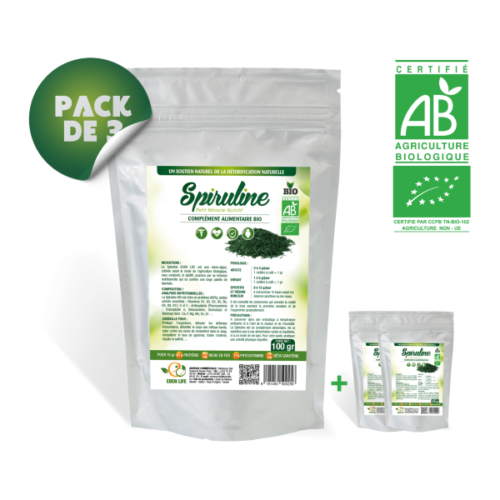Studying Results of men and you will Specialists
Thinking about feeder possibilities, i unearthed that, independent of coaching method, one another guys and you may professionals demonstrably enhanced the options precision across the span of the training for every the colour pair put ( Fig. dos ).
Throughout the training there was no significant difference in the choice accuracy of males and workers (effect of sex on choice accuracy on the initial and final 10 visits of the sequentially presented colour pairs in the sequence: first colour pair: initial: t112 = 0.51, P = 0.61; final: t110 = 0.04, P = 0.97; second: initial: t97 = 0.65, P = 0.52; final: t93 = 0.95, P = 0.35; third: initial: t89 = ?1.59, P = 0.12; final: t85 = ?0.84, P = 0.41; fourth: initial: t81 = ?0.47, P = 0.64; final: t79 = 0.11, P = 0.91; Fig. 2 ). 7 ± 12.9% (males) and 86.5 ± 13.9% (workers) correct choices (t109 = 0.48, P < 0.63).>
(a) Suggest rust lingering t on learning contour (± SE) of males (ebony gray squares) and you can experts (light gray sectors) because the a purpose of the color range regarding the hexagonal bee the color room. New t worthy of are inversely correlated towards the studying rates that have high t values symbolizing sluggish reading speed and you may the other way around (given that illustrated of the grey arrow). The color length out-of 0.061 is really smaller than average around the limitations out-of discriminability (Dyer & Chittka, 2004c) while the colour distances of >0.2 hexagon tools try high and enable effortless discrimination. (b) Mean number (±SE) away from completely wrong check outs in advance of earliest getting into a rewarding feeder (latency to improve) for each the colour range.
In addition to our analyses based on bees for which the learning speed could be quantified using exponential decay curve fitting with Microcal Origin (OriginLab Corporation), we also found no significant difference between the sexes in the prevalence of learning curves, to which no decay function could be successfully fitted, which was the case for 42 of 178 (males) and 47 of 167 (workers) learning curves (? 2 1 = 0.93, P = 0.33).
Currently at the end of the original bout on each colour pair each other sexes attained also higher imply choice accuracies (% right of your history 10 visits) that have 87
We found a significant difference in overall learning speed between the two training sequences (GLM: Wald test = 5.71, df = 1, P = 0.02) associated with asymmetrical learning performances on feeder types with similar colours. For both small-distance colour pairs (yellow-green, CD: 0.061; blue-purple, CD: 0.189) initial choice accuracies were significantly different depending on which of the two colours in the pair was rewarded. The choice accuracies on green rewarding and yellow nonrewarding feeders was significantly lower for the first 30 visits than those achieved on the reverse challenge (10 visits: tninety-five = 3.48, P < 0.001;>91 = 2.45, P = 0.02; 30 visits: t91 = 4.67, P < 0.001).>105 = 2.08, P = 0.04; 20 visits: t105 = 2.45, P = 0.02). In both cases these differences diminished as training progressed (green-yellow: 40 visits: tninety = 1.83, P = 0.07; 50 visits: t88 = 1.47, P = 0.14; blue-purple: 30 visits: t104 = 1.55, P = 0.12; 40 visits: t104 = 0.81, P = 0.42; 50 visits: t102 = 0.34, P = 0.74). No significant asymmetries in choice accuracy were found for the two colour pairs consisting of highly different colours (purple-green, blue-yellow). This effect, however, was not affected by sex and was similarly seen in males and workers (GLM: seq?sex: Wald test = 0.66, df = 1, P = 0.42). The differences also did not extend to the latency to switch (GLM: sex: findbride mobile Wald test = 0.67, df = 1, P = 0.41; seq?sex: Wald test = 0.32, df = 1, P = 0.57).












